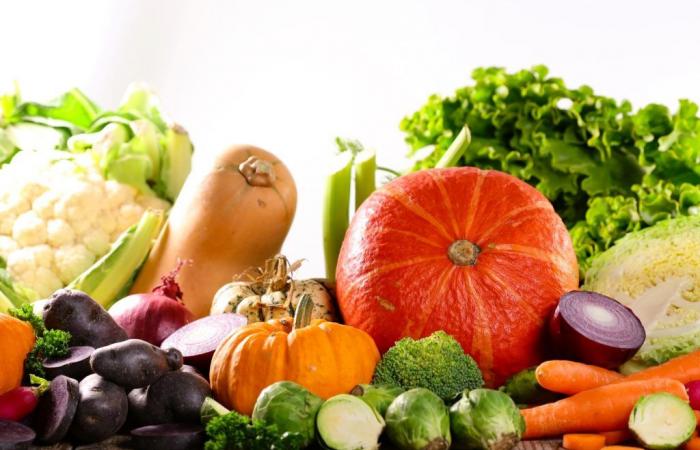The arrival of winter is no reason to suspend vegetable garden. According to specialists, with the cold weather you can also plant vegetables suitable for this season.
The calendar and its climate propose new plants and care. What crops are suitable? What should we pay attention to? What should we avoid? María Agustina Gilly, graduate in environmental sciences and specialist in organic horticulture (on Instagram, @verteco), responded to Clarion these questions.
What to plant in winter in Argentina
In the fall-winter season, most summer crops finished their cycle, Gilly highlighted. In this framework, he assured that “it is extremely important that the garden soil is well supplied with nutrients, which is achieved with the incorporation of organic fertilizers that maintain the microbial activity of the soil, such as compost or vermicompost.”
Regarding the ideal crops for the fall-winter season, he listed:
It is important that the garden soil is well supplied with nutrients. Photo illustration Shutterstock.
While most horticultural species can be started in seedbeds, this is not recommended for those with large seeds. Photo illustration Shutterstock.
Seedlings or seeds?
For experts it may seem obvious, but for beginners the information is fundamental: is it better to start the garden with seedlings or with seeds?
The specialist stated that, although most horticultural species can be started in seedbeds, this is not recommended for those with large seeds, such as cucumbers, pumpkins, beans, peas and lentils, nor for seeds of root vegetables, such as carrots, beets or radishes.
On the contrary, the most suitable seeds for a seedbed are those of small size, such as parsley, celery, lettuce, cauliflower, broccoli, spinach and chard.
The benefits of sowing in seedbeds
What are the differences when sowing in seedbeds? María Agustina Gilly pointed out that with these it is easier to manage planting distances with small seeds, including lettuce, cabbage, chard, spinach, parsley or celery.
Another benefit is that temperature, humidity, and weather exposure can be better controlled.
Thirdly, he highlighted, vulnerability to an attack by diseases and insects can be reduced.
And, finally, when transplanting to the final soil, the healthiest plants can be chosen and, consequently, a better harvest can be guaranteed.
6 fundamental tips for a successful winter garden
- 1- The success of the garden depends on the dedication of the gardener, the soil, the water and the biodiversity that we achieve on the site.
Dedication, soil, water and biodiversity, part of the secret of the garden’s success. Photo illustration Shutterstock.
- 2- It is necessary to have patience. The garden forces us to respect nature’s own times.
- 3- It is important not to fall into frustration when a vegetable dies, weakens or shows signs of not being in the best condition. In that case, you have to check the conditions of the plant and try small changes.
- 4- The soil must be nutritious. For this, it is recommended to fill with compost before starting the season and then periodically.
- 5- Contrary to what is done in the hottest months, in winter it is advisable water the garden at noon to prevent night frosts from hurting the vegetables. It is also recommended to reduce the frequency with which it is watered.
- 6- It is recommended to use coverage which consist of spreading a layer of dry material above the garden to prevent the impact of the cold on the crops. If plastic material is used, it is advisable to uncover the crops frequently to avoid the appearance of diseases.
When is the harvest obtained
The specialist in organic horticulture clarified that, although certain approximations can be made, the harvest will depend on the sowing date and the cycle of each crop.
To get an idea of harvest times for winter vegetables:
The harvest will depend on the cycle of each crop. Photo illustration Shutterstock.
- Green leaves: between 50 and 60 days, reaching 90 days in the case of spinach.
- Garlic and onion: around four months after sowing.
- radishes: between 30 and 60 days, depending on weather factors.
- Broccoli, cauliflower and cabbage: It can take more than six months from sowing to harvest.
- Beans and peas: between four and five days for fresh consumption.


